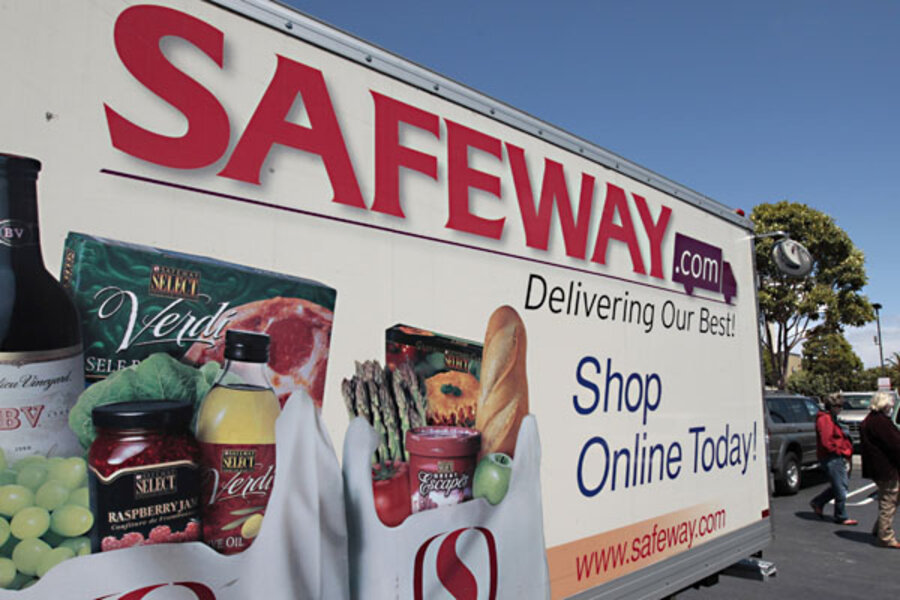Buy generic. Go ahead, try it.
Loading...
For most common items in a grocery store, you’ll find two distinct types of product.
On the one hand, you’ll have the “name brand” items, which are usually in distinctive packaging and with a company brand you’re familiar with. On the other hand, you’ll have the “generic” items, which aren’t packaged as distinctively and usually have either the store’s name, a brand name you’ve never heard of (but is often repeated throughout the store), or no brand name at all.
Most of the time, the only difference between these two types of items is prettier packaging and a significant difference in price.
Here’s a challenge for you. The next time you buy an item at the store and notice a generic version available, try the generic version if you haven’t already. Buy it instead of the usual version that you buy.
Now, you might find that you don’t like the generic version as well as the name-brand version with some products. For example, I’ve had bad experiences with generic garbage bags, so I won’t buy them. However, I’ll be willing to bet that you find more generic items you’re happy with than ones that you’re dissatisfied with.
So, the big question is how all of this saves you money. Let’s say, on average, you save $0.75 with every generic item you buy instead of the equivalent name-brand version. You go to the store and pick up ten generic items. On that particular trip to the store, you save $7.50.
Let’s be pessimists and say that you decide that only four of them are worth buying again. On future store visits, you’ll save $0.75 each time you buy that generic item instead of the name brand version. If you buy these four items each an average of once a month, you’re going to be saving $36 a year and you won’t notice a difference compared to what you already buy.
Of course, that’s a low-end estimate for your family. We use store-brand paper towels, salad dressings, saltine crackers, liquid soap, Kleenexes, and many other items. I would estimate that we save a couple hundred dollars a year simply by focusing on generics.
Many of those items, such as ketchup and applesauce, have identical ingredient lists and nutrition facts labels as name brand versions. As far as we can tell, they’re the same product – except that the generic version is substantially cheaper.
There are other items that might not be quite as good as the name brand version, but the quality difference is small enough that it doesn’t really matter. Kleenexes are a good example of this. The only time you’ll see a difference is if it’s going to be an intense use of the item, in which case you just double up on the generic (or, in my case, use a handkerchief). You’ll still save money.
In my experience, the big challenge with generics is getting past the mental block that name brands are somehow better. That “mental block” is largely the product of marketing. You know the name brands because they’ve spent money to ensure that you associate positive things with the product’s name. Generics don’t have that bond, so by comparison, they can seem worse.
Don’t fall into that trap. It will cost you money. Try generics, and if they fulfill your needs, stick with them.
This post is part of a yearlong series called “365 Ways to Live Cheap (Revisited),” in which I’m revisiting the entries from my book “365 Ways to Live Cheap,” which is available at Amazon and at bookstores everywhere.








